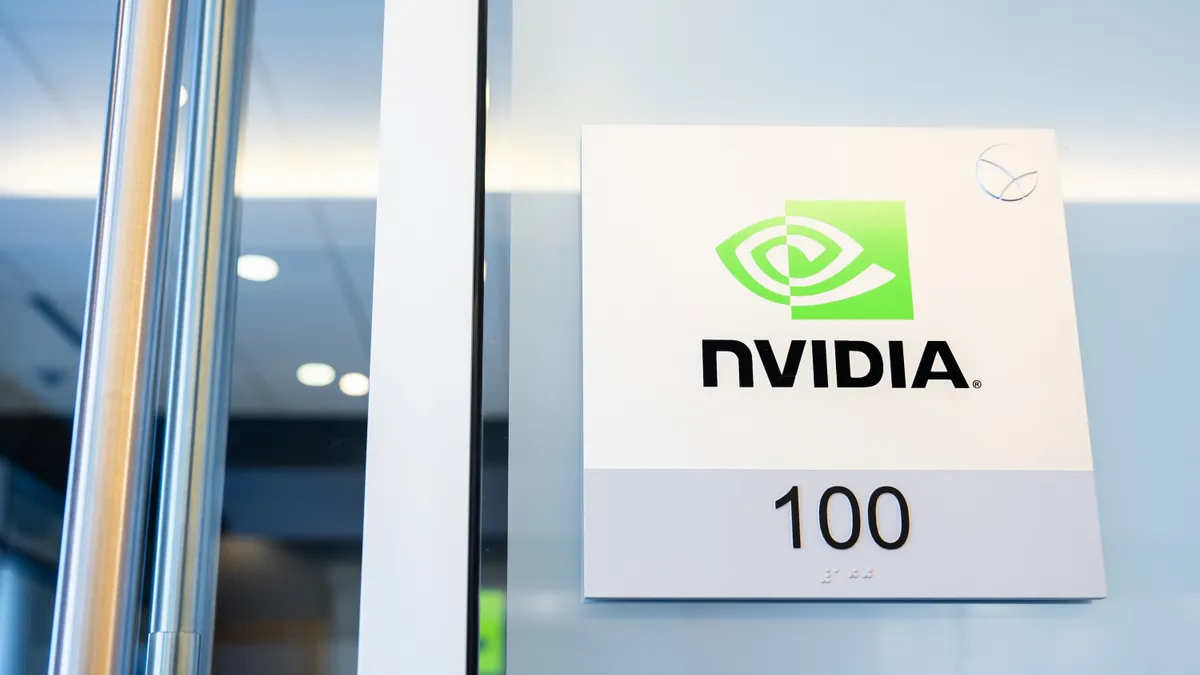Dive Brief:
- Nvidia revenues increased 94% year over year to $35 billion in the three-month period ending Oct. 27, despite supply chain constraints on its chip manufacturing business, CFO Colette Kress said during a Q3 2025 earnings call Wednesday.
- The increase represented a slowdown for the chipmaker, which enjoyed triple-digit growth for five consecutive quarters, driven largely by demand for the company’s AI-optimized graphics processing units. Nvidia’s net income more than doubled year over year to $19 billion, Kress said.
- “We are racing to scale supply to meet the incredible demand customers are placing on us,” Kress said. “We expect fourth quarter revenue to decline sequentially due to supply constraints.”
Dive Insight:
Hyperscalers fueled an AI goldrush, as AWS, Microsoft and Google Cloud rushed to embed high-capacity GPUs across public cloud infrastructure this year.
Nvidia reaped the rewards.
Cloud service providers represented roughly half of the company’s data center sales on the quarter, Kress said, boosting the segment's revenue by more than 2x year over year to $31 billion.
Nvidia revenues soared to $35.1B in two years
Nvidia secured deals in March with AWS, Microsoft, Google Cloud and Oracle to deploy the latest generation Blackwell graphics processors in their infrastructure. The company’s Hopper series chips also remained in high demand, with H200 sales increasing to the double-digit billions, Kress said.
H200-powered cloud instances are now available from AWS, CoreWeave and Azure, with Google Cloud and OCI coming soon, according to Nvidia.
This week, Nvidia announced Microsoft will be the first provider to offer Blackwell-based cloud instances powered by Nvidia's GB200 and Quantum InfiniBand in private preview.
Despite delivering more Blackwell processors than originally planned in the last several months, production constraints will be an ongoing challenge, Nvidia President and CEO Jensen Huang said during the call. “It is the case that demand exceeds our supply, and that's expected as we're in the beginnings of this generative AI revolution,” Huang said.
It’s not yet clear how GPU supply chain constraints might impact enterprise AI plans, according to Forrester Senior Analyst Alvin Nguyen.
“Not all enterprises have been able to get significant allocations from Nvidia, although that situation is improving,” Nguyen said in an email. “If enterprises are not getting their GPU allocations in a reasonable amount of time, they will look elsewhere to invest — their money needs to work for them and garner an ROI.”













